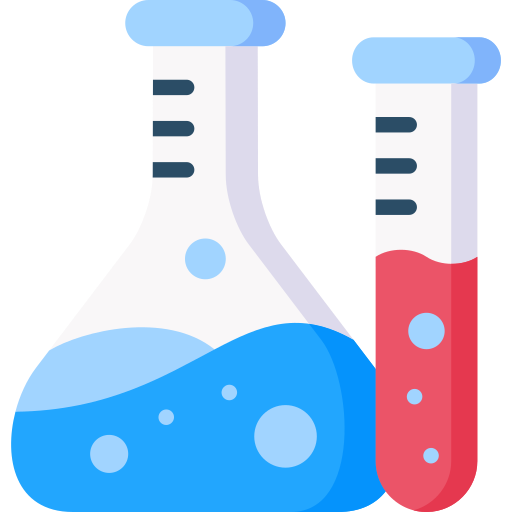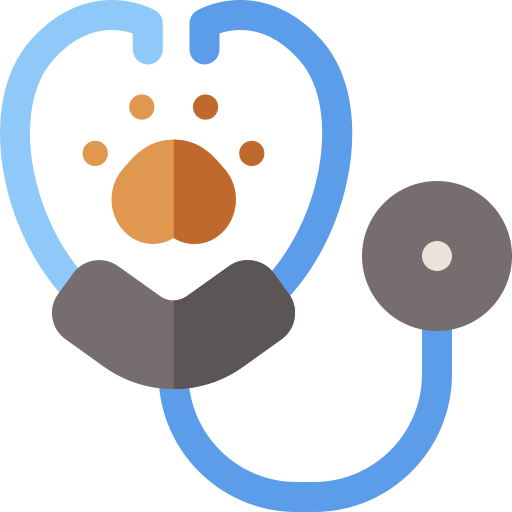Need Help ? Call 06292253004 !!
📍 Detecting...
Select Location
ECHOCARDIOGRAPHY (COLOR DOPPLER STUDY)
An ECHO test, also known as an Echocardiogram, is a scan that uses sound waves to create images of the heart and nearby blood vessels.
₹1575 (₹1750)
CLINICA DIAGNOSTICS - BARASAT
Address: Noapara Bazar, Krishnanagar Road, Kolkata 700124
CLINICA DIAGNOSTICS - CHAKDAHA
Address: 815 Singher Bagan Road, Joykrishnapur, Chakdah, Nadia - 741222
About ECHOCARDIOGRAPHY (COLOR DOPPLER STUDY) :
What is Echocardiography?
Echocardiography, also known as an echocardiogram or "echo," is a non-invasive medical imaging test that uses high-frequency sound waves to produce images of the heart. It is a painless and safe procedure that provides valuable information about the heart's structure and function. During an echocardiogram, a technician applies a gel to the patient's chest and uses a transducer to send sound waves through the chest. The sound waves bounce off the heart and are reflected back to the transducer, which converts them into images. These images are then displayed on a monitor for the doctor to interpret. Echocardiography is used to evaluate heart structure, diagnose heart conditions, monitor heart function, detect blood clots, and guide treatment decisions. It is a valuable tool for diagnosing and monitoring heart conditions, and it plays an essential role in cardiovascular medicine. The different types of echocardiography include transthoracic echocardiogram, transesophageal echocardiogram, stress echocardiogram, and contrast echocardiogram. Each type of echocardiogram has its own specific uses and benefits. Echocardiography is commonly used to diagnose and monitor conditions such as heart failure, coronary artery disease, cardiomyopathy, and valvular heart disease. It is also used to detect blood clots in the heart's chambers or valves. Overall, echocardiography is a safe and effective imaging test that provides valuable information about the heart's structure and function.
What is the process of Echocardiography (Colour Doppler Study)?
The process of Echocardiography (Colour Doppler Study) involves the following steps:
- Preparation: The patient is asked to remove their clothing from the waist up and lie on an examination table. A technician or sonographer will perform the test.
- Gel Application: A gel-like substance is applied to the patient's chest to help the transducer move smoothly and capture clear images.
- Transducer Placement: The technician places the transducer on the patient's chest and uses it to send high-frequency sound waves through the chest.
- Image Capture: The transducer converts the reflected sound waves into images, which are displayed on a monitor for the technician to view.
- Colour Doppler Study: The Colour Doppler study uses colour to show the flow of blood through the heart's chambers and valves.
- Image Acquisition: The technician takes images of the heart from different angles and views, using various echocardiographic modes.
- Test Completion: The entire test typically takes around 30-60 minutes to complete.
- Results Interpretation: After the test, the technician will review the images and provide a report to the patient's doctor. The doctor will then interpret the results and provide a diagnosis and recommendations for treatment.
What is Echocardiography (Colour Doppler Study) used for?
Echocardiography (Colour Doppler Study) is used for:
- Diagnosing Heart Conditions: To diagnose various heart conditions, such as heart failure, coronary artery disease, cardiomyopathy, and valvular heart disease.
- Evaluating Heart Structure: To evaluate the heart's structure, including the size, shape, and function of the heart's chambers and valves.
- Assessing Blood Flow: To assess blood flow through the heart's chambers and valves using Colour Doppler technology.
- Detecting Blood Clots: To detect blood clots in the heart's chambers or valves.
- Monitoring Heart Function: To monitor the heart's function in patients with existing heart conditions or in those who have undergone heart surgery.
- Guiding Treatment: To guide treatment decisions, such as medication or surgery.
- Detecting Cardiac Shunts: To detect cardiac shunts, which are abnormal connections between the heart's chambers.
- Evaluating Cardiac Function: To evaluate cardiac function in patients with conditions such as hypertension, diabetes, or obesity.
- Monitoring Cardiac Risk: To monitor cardiac risk in patients with a family history of heart disease or other cardiovascular risk factors.
Chat with us!
.png)


 91-6292253005
91-6292253005




